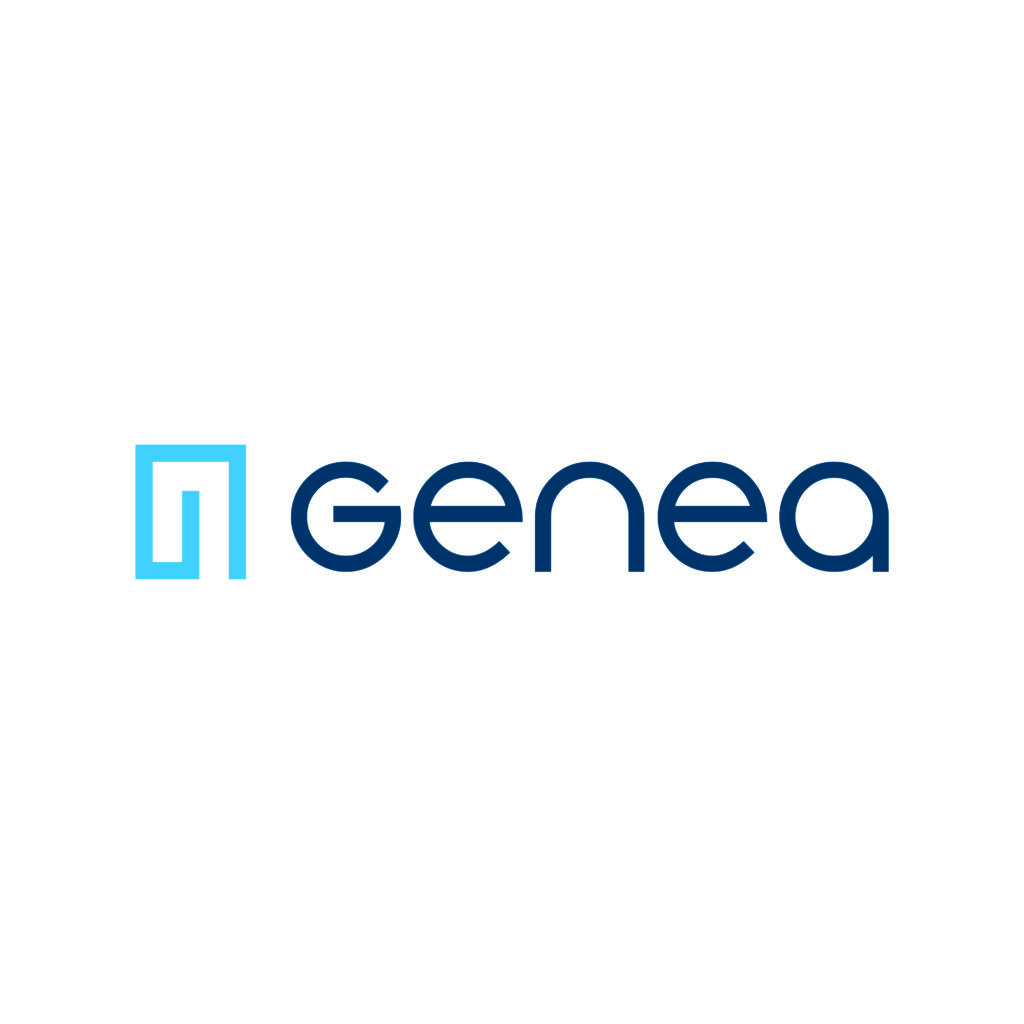Cloud Access Control and the Importance of API Integrations


A transformation is happening. From global enterprises to the most renowned hospitals, cloud access control is quickly becoming more popular, replacing its on-premises predecessors. With the cloud’s rise in popularity, IT and security teams have the “green light” to trash their antiquated Windows 95-esque dashboards and bury their bulky server racks. In their place, sleek user interfaces are giving security teams lightning-fast oversight across their building portfolios or office locations globally. But beyond the typical sales points, what makes the cloud truly worth the investment?
The answer is API integrations.
What’s an API?
In a 2022 report from IFSEC Global, 33% of respondents stated that in order to upgrade their access control systems, they would require “integration with existing security platforms.”
This is where API integrations come into play. An application programming interface (API) is a code that connects two systems or pieces of software, allowing them to communicate and interact. Historically, when it came to access control, APIs were difficult and costly to create and deploy; however, with the expanding prominence of cloud access control, the process of getting APIs into the hands of users has become much easier. While some on-premises systems include APIs, significant drawbacks exist. Chiefly, they are expensive and take a lot of time to bring to market. When a new API is requested by a customer, teams of developers must work to bring the integration to life. Sometimes this process takes months, or even longer.
In this respect, the cloud offers several conveniences. Many cloud access control systems offer out-of-the-box APIs, meaning that immediately upon system installation, the APIs are ready to use. Often, with a few clicks and an API key – a string of numbers and letters – the access control system can be linked to a second system. The question becomes: what is the advantage of multiple systems communicating with each other?
Exponential Advantages With Video Management Integrations
Imagine living in a house where your dishes could communicate with your sink. Every time your dishes reached a certain level of dirtiness, the sink would start its cleaning process. Or imagine that every morning when you turned on your bedroom light switch, the toaster and coffee pot would automatically begin preparing your breakfast. Examples like these demonstrate the limitless, time-saving advantages of automation.
Now let’s apply the same concept to access control. Take two isolated systems: access control and video surveillance. When combined with an API, these systems have major advantages. For instance, when an access point is breached with improper credentials, a video surveillance system can stream video of the incident to the access control dashboard. As a result, security teams must only reference one window instead of monitoring multiple programs. This saves time in emergencies.
End user requests for cloud access control-video management integrations are becoming increasingly common. IPVM reported that 34% of the integrators they surveyed had projects that combine access control with video surveillance. But video surveillance and access control are only one form of cloud-based API integrations. These integrations come in a wide variety.
Access Control and Identity Management Integrations
One of the most widely used APIs is between access control and identity management platforms, such as Okta and Azure Active Directory. Identity management systems help organizations categorize and classify their employees. These systems provide a method of verifying the identities with their associated permissions.
For example, an enterprise hires a new project manager, named Flint Stone. Mr. Stone is onboarded into an identity management system, giving him permission to access certain parts of the company’s technological infrastructure; however, he still needs access to the company’s physical facilities. Without a cloud system, the IT team will have to do double the work – inputting Mr. Stone’s credentials into both the access control and identity management systems. On the other hand, if the team is using an API integration when credentials are inputted into the identity management system, they will automatically appear in the access control system.
Similarly, the integration works when a termination occurs. Sometimes employment terminations occur unplanned and pose a security risk; however, with identity management integrations, building and/or suite-level access credentials are deactivated immediately when the terminated person is removed.
How Access Control Works With Visitor Management and Notification Systems
Access control-visitor management integrations grew in popularity during the COVID-19 pandemic. The integration made it easier to assign and customize guest credentials, add digital NDAs, preregister guests, print badges and create health questionnaires. During a time when building staff was limited, bypassing a front desk sign-in process was made possible with visitor management and access control.
Results of a survey by Security Sales and Integration showed visitor management systems were used by more than 80% of K-12 campuses and 60% of health care facilities. Popularity of these systems has often increased for enterprises, helping to streamline the guest experience to save time and reduce guest confusion.
Many providers offer QR codes for front door and turnstile access as well. When Sammy – a job applicant on her way to an important interview – badges in using the QR code, multiple things happen. Firstly, the enterprise can leave an impression that they are future-focused. Secondly, they protect their security with time-based, temporary credentials.
But visitor management integrations make the lives of users even more convenient when they are synced with notification systems. Software such as Slack and Microsoft Teams are communication tools used for inter-office correspondence; however, software programs like these offer an added benefit when integrated. After Sammy badges in, the interviewer at the enterprise will instantly receive a notification of her arrival. These integrations help streamline the visitor experience by presenting a touchless check-in process and keeping the inviter updated.
A final point about visitor management-access control integrations pertains to the collecting of information. Documents such as NDAs, waivers and other digital forms can be linked to access credentials. Distributing these to guests before their arrival saves time and enhances security measures. For example, some school districts use a visitor management integration to perform background checks. If the background check comes back clean, then access credentials are distributed.
Hardware Integrations With Access Control
Cloud access control integrations extend beyond software. These systems are commonly connected to hardware components as well. In commercial office buildings, elevator integrations have become increasingly prominent. Known manufacturers, including OTIS, Schindler and Braxos, each have their own destination dispatch services. Destination dispatch designates specific riders to specific elevator cars. The system reduces passenger wait times by grouping riders together who are traveling to the same floor.
Integrating with an access control system streamlines the process even further. When a passenger arrives in the building lobby, they tap their key card or mobile device at a kiosk. The kiosk matches the passenger’s credentials to the credentials programmed into the access control system. If the floor number is programmed into the access control system, the elevator will bring the passenger to that floor. Elevator integrations bolster building security and add to a touchless workplace experience.
Another hardware integration is wireless door locks. Sometimes running ethernet cabling to the door is impractical. Wireless locks modernize systems without the added expense and downtime. Hospitals are a common sector using wireless locks. The installation is less intrusive and allows hospitals to continue functioning.
Not All Cloud Providers Are Equal
When it comes to shopping for cloud access control, it is important to understand that not all systems are the same. Pricing is often cited as a common deterrent from integrating systems and can be thousands of dollars. Many providers charge extra to use their integrations, whereas others do not. Some providers offer out-of-the-box integrations free of charge and have dedicated teams building integrations requested by their customers; this could be the difference between waiting weeks or months to get the integration you need. Likewise, a provider that offers live customer support is crucial in case of a malfunctioning integration or other technical issues.
The cloud is changing the way organizations operate. By adopting a cloud-based access control system with the right integrations, IT and security teams can take back time during their day allowing them to focus on their other IT duties. Ultimately, this will ensure a more efficient future for both system administrators and their organizations.
Mike Maxsenti is director of key accounts at Genea.
